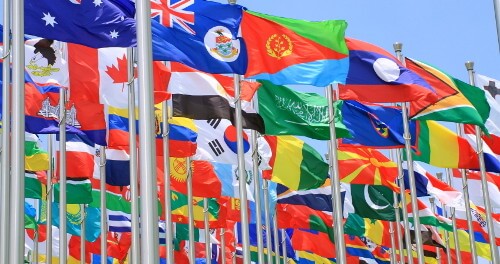The PCT (Patent Cooperation Treaty) is a patent law treaty that includes more than 150 contracting states. It allows an applicant to seek patent protection in multiple countries at the same time by filing a single international application.
The application can eventually lead to IP protection in each designated contracting state via national phase entry, where the international application is filed in the patent offices of each respective country and evaluated according to each country’s patent law. A translation of the patent into the official language(s) of that country is also usually required.
National phase entry takes place 30/31 months from when the application is initially filed. Entering the national phase means meeting the individual requirements of each country or region, a complex and usually expensive process. Here are 5 tips to help you successfully navigate the national phase.
1. You can get a fee reduction
National phase entry is expensive. Costs include patent translation, official fees, and fees for acquiring the services of local patent agents or attorneys, not to mention your outside counsel’s fees.
However, some national and regional patent offices offer fee reductions for universities, non-profit research institutes and small and medium-sized enterprises. It is always worth checking to see if you or your organization qualify for an official fee discount.
2. You can request early entry into the national phase
You may not want to wait 30 months from the priority date of your patent application before entering the national phase. 30 months is a time limit (though late entry is usually possible), not a waiting period. For a variety of reasons, you may want to enter the national phase earlier in countries where you have already decided to seek patent protection.
3. Don’t Wait Until the Last Minute
Several steps must be taken BEFORE the 30-month deadline. You will need to appoint a local agent and instruct them in advance so that they can file the application by the deadline. If you are filing in Japan, China, Brazil, Russia, Korea or any other country where the official filing language is not English, you will also need to obtain a translation of the full specification. For longer applications, this can take several days or even several weeks. Waiting until the last minute means incurring rush fees and can add significantly to the patent translation costs, especially if the foreign agents are handling the translations. You should consider partnering with a patent translation service like Morningside IP to keep those costs to a minimum, especially for last minute filings.
4. Extensions are Sometimes Available
If you have missed the 30/31 month deadline, you may still be in luck. Several countries including Canada, China, and the EPO allow for late entry, though this usually entails a surcharge. Other countries, including Japan and Brazil, offer translation extensions, so as long as you file the application by the 30 or 31-month deadline, you can submit the translation one or two months past the deadline. Contact us if you have questions about late filing or translation extensions.
5. Evaluate Your Portfolio Regularly to Lower Costs
Filing in a specific country doesn’t mean that you have to maintain your patents there in perpetuity. You may decide down the road to stop selling products or services in that country and to shift resources elsewhere. If you are not actively enforcing your patent or seeing any ROI from that patent in a given country, you may want to sell it, abandon it, or let it expire. Annuity costs and related prosecution costs can add up, so it makes sense to evaluate your portfolio and commitment to maintaining your patent in each jurisdiction, rather than doing so out of inertia.


